Looking for fresh bulletin board ideas and tips to keep your space exciting and engaging?
Let’s be honest—bulletin boards usually get a bad rap. But what if I told you they could be the unexpected stars of your space?
Forget the same old “Look who’s reading!” themes. I’m here to sprinkle some pizazz on those corkboards and help you wow, inspire, and maybe even have a laugh or two.
Ready for a bulletin board renaissance? Let’s reinvent the wheel together—one pin at a time!
Interactive Quiz Boards
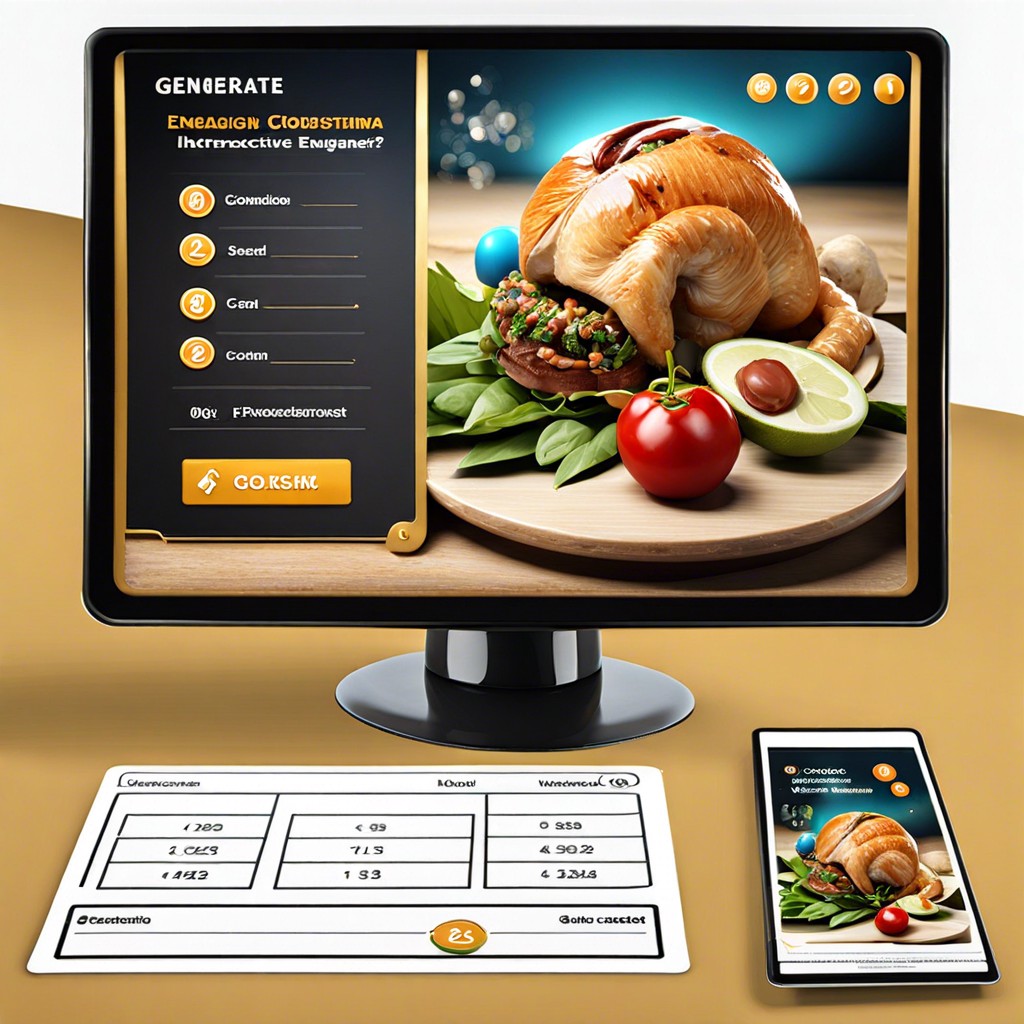
Students engage with interactive quiz boards by selecting questions and revealing answers hidden behind flaps, making learning feel like a game show. Teachers can easily swap questions to keep content fresh and challenging.
Concept Mapping Corners
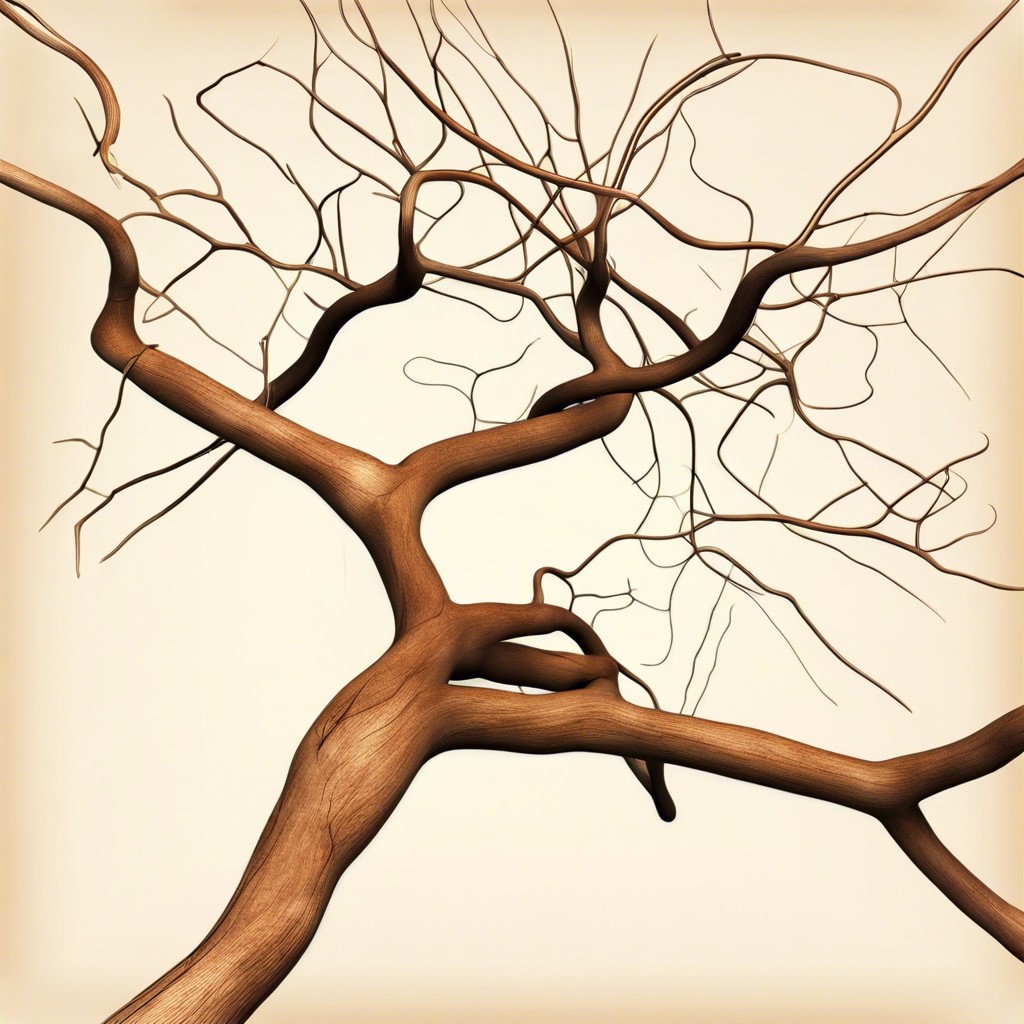
Students can visually connect related concepts using string and thumbtacks, turning abstract ideas into concrete relationships. This transforms the bulletin board into a collaborative mind-mapping tool that evolves with the curriculum.
Puzzle Challenge Walls
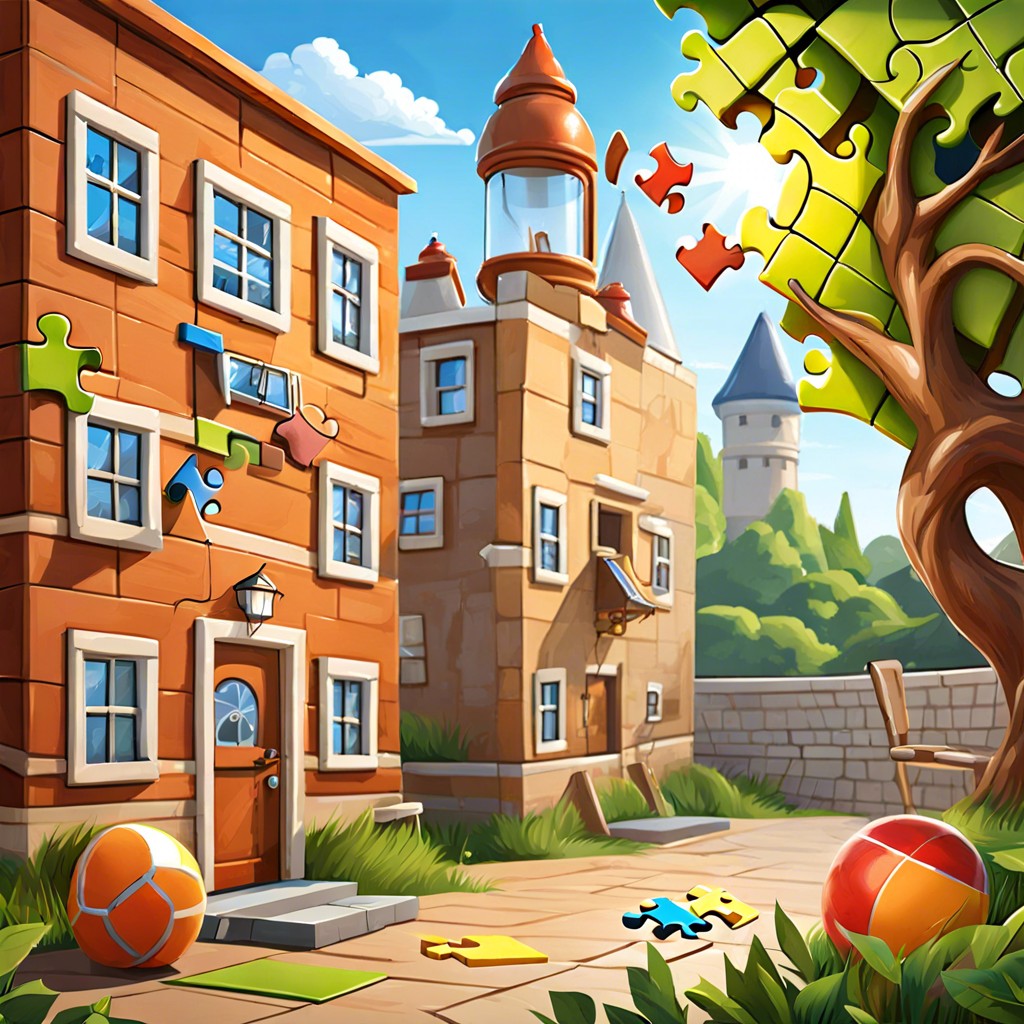
Students crack daily brainteasers pinned to the wall, stimulating critical thinking on the go. They can collaborate, compete, and even post their own puzzles for peers.
Pop Quiz Lockers

Students discover surprise questions behind locker doors, turning routine trips into excitement. Quick, engaging quizzes spark curiosity and make learning a part of their daily hustle.
Digital Boards With QR Codes
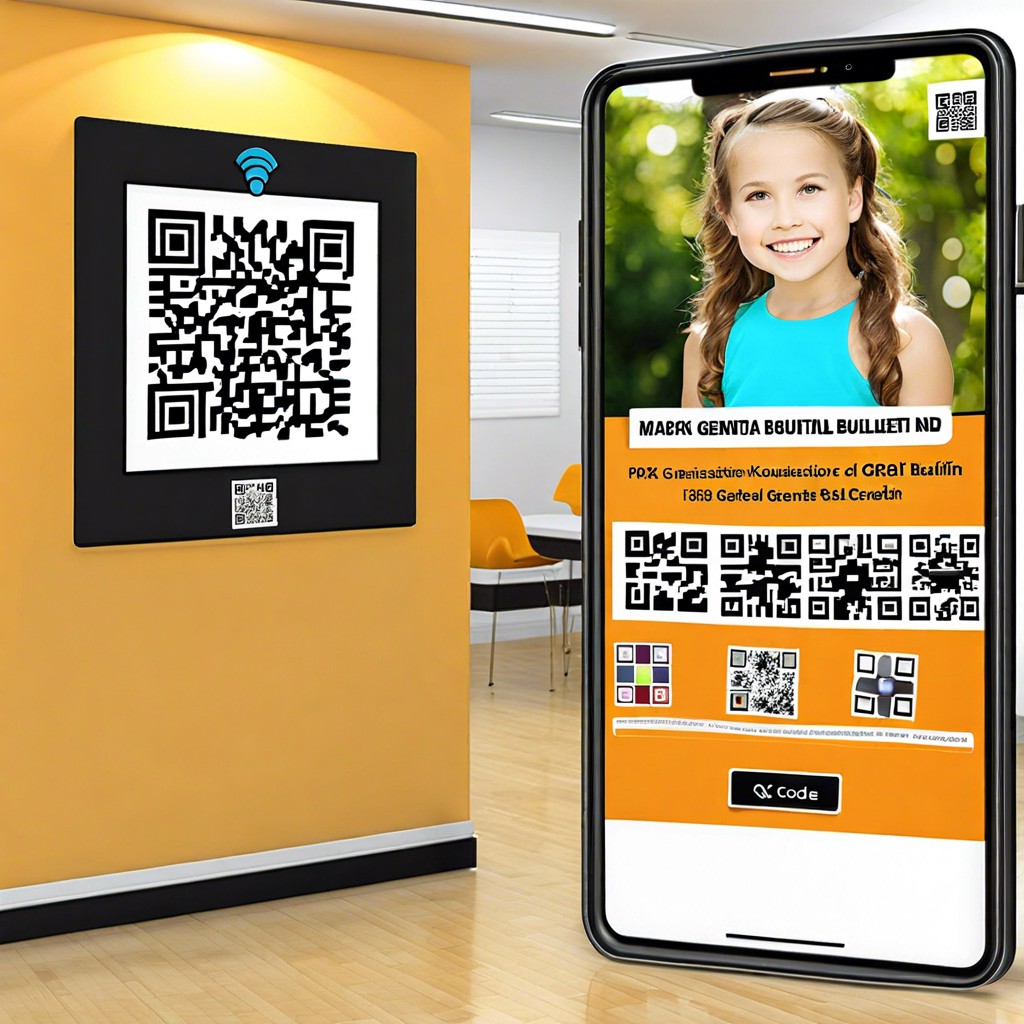
Students can scan QR codes to access supplementary materials or engage in interactive quizzes directly from their devices. This dynamic approach keeps the bulletin board compact yet infinitely expansive.
Question and Answer Trees

Students write questions on paper leaves, which are then pinned to a tree-shaped board. Classmates pick a leaf, research the answer, and attach their response.
Mystery Problem of the Week

Imagine walking by and seeing a perplexing riddle daring you to solve it before the week ends. It’s a fantastic way to spark problem-solving skills and create a buzz of curiosity and excitement throughout the school or office.
Fact or Fiction Spots
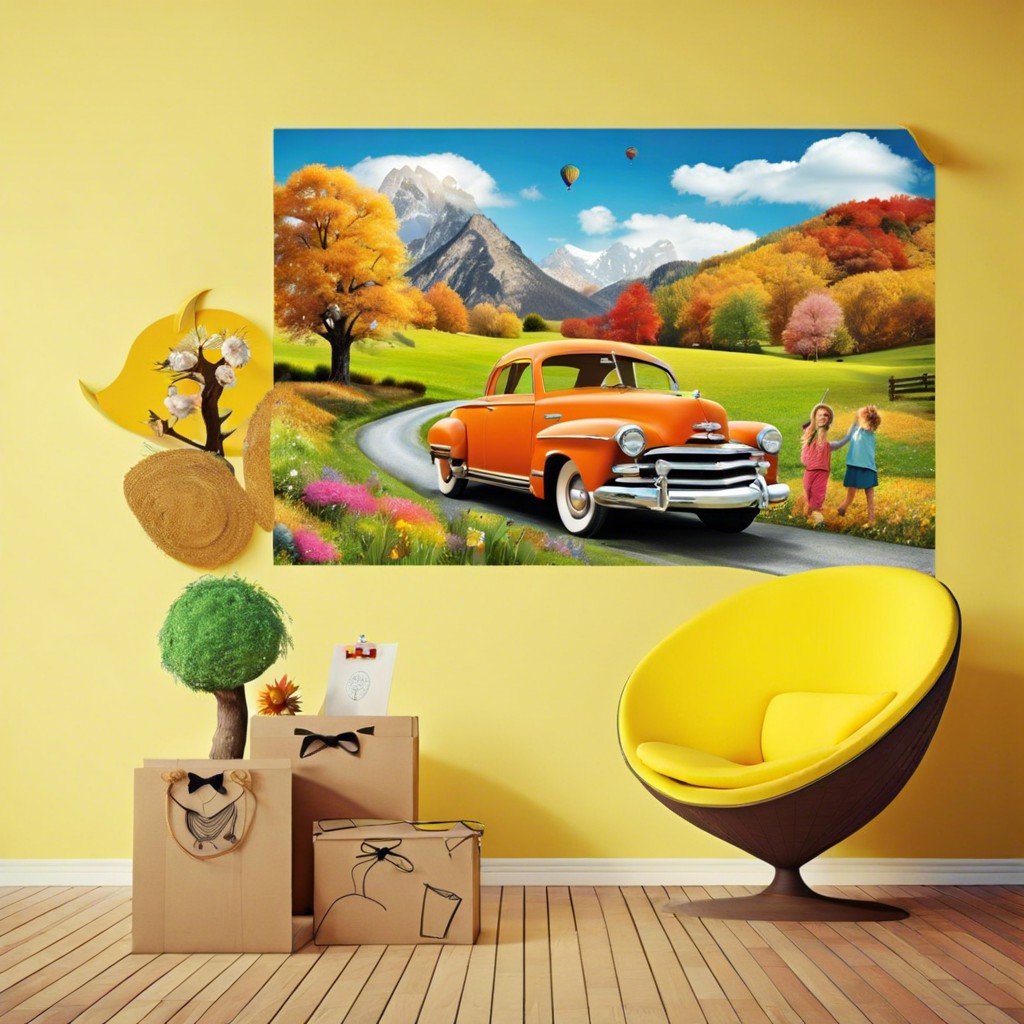
Students can test their knowledge by guessing whether posted statements are true or false. This keeps them engaged and helps demystify misconceptions.
Case Study Showcases

Students analyze real-world scenarios displayed on the board and discuss possible outcomes. This engages critical thinking and applies theoretical knowledge to practical situations.
DIY Experiment Stations
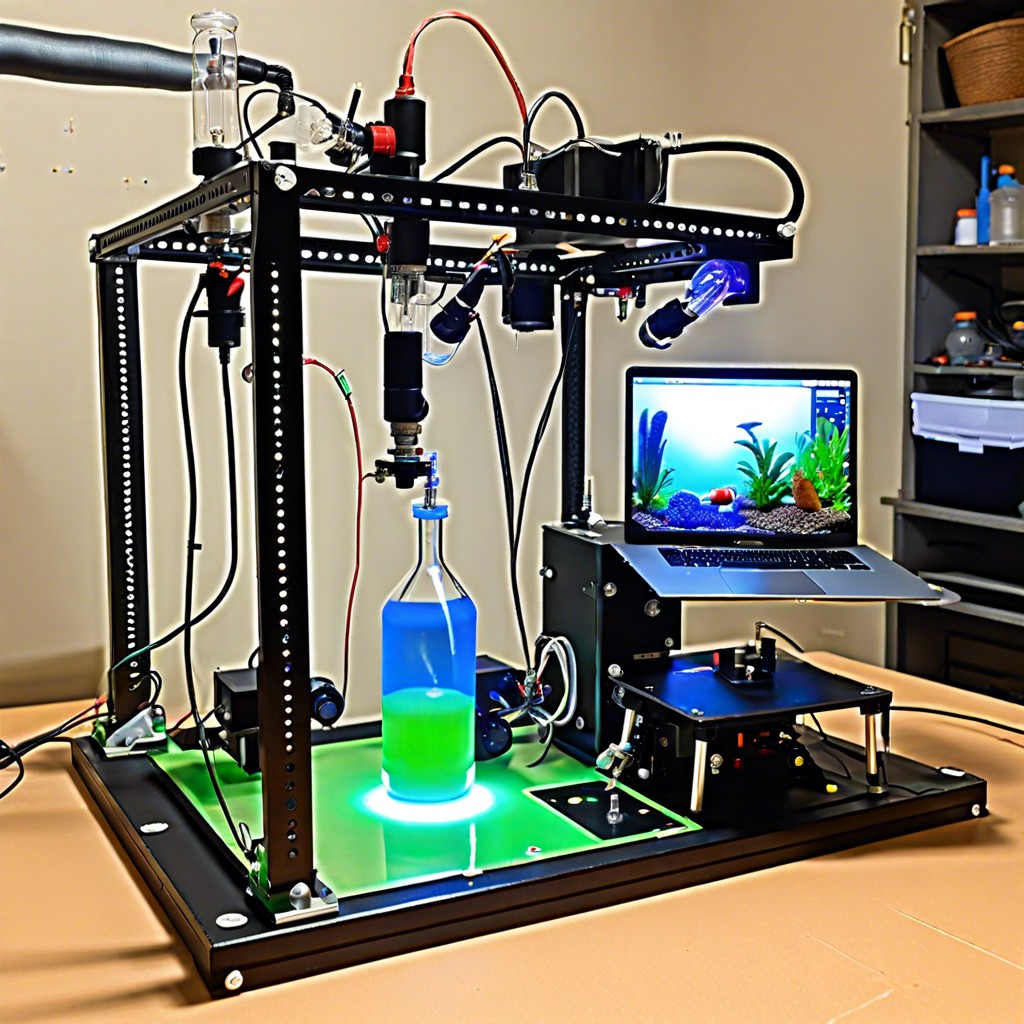
Kids can create their own science experiments and display the process and results on the bulletin board. It turns the hallway into a mini science fair and ignites curiosity.
Trivia Timelines
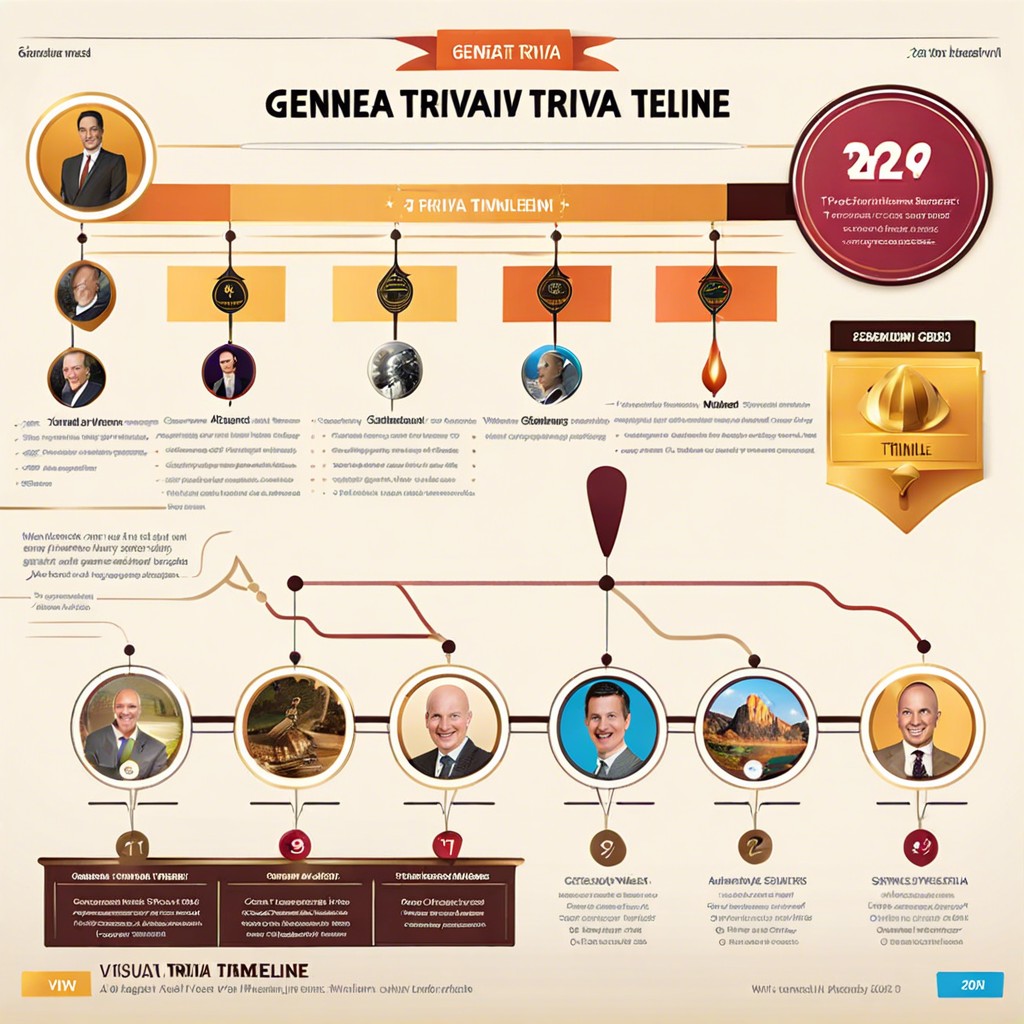
They display key events and dates in a chronological sequence, turning history or other subjects into an engaging visual journey. Perfect for helping students grasp complex timelines without dozing off – hopefully.
Feedback and Reflection Panels

These panels allow students to share their thoughts on tests and learning methods through sticky notes or digital inputs. They foster a collective learning environment where feedback helps everyone improve.
Visual Data Analysis

Students can visually interpret complex data sets through colorful charts and infographics displayed on the board. Transform statistics into a vibrant story that students can explore at their own pace.
Peer Evaluation Charts

Students can review each other’s work and leave constructive feedback right on the board, fostering collaboration and critical thinking. It also builds a sense of community as they learn to appreciate diverse perspectives and insights.
Interactive Voting Sections
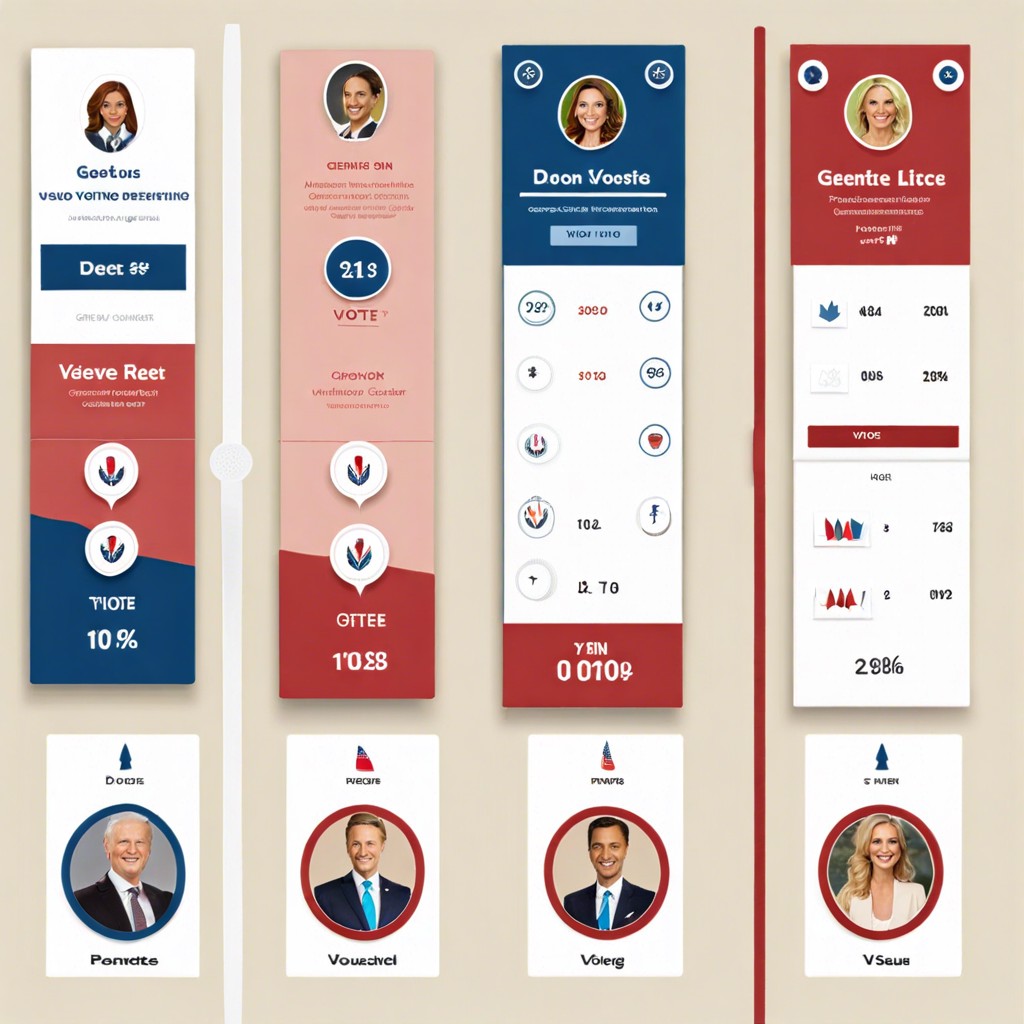
Interactive voting sections let students cast their votes on various topics, engaging them in decision-making processes. They promote critical thinking as learners analyze options and consider different perspectives before voting.